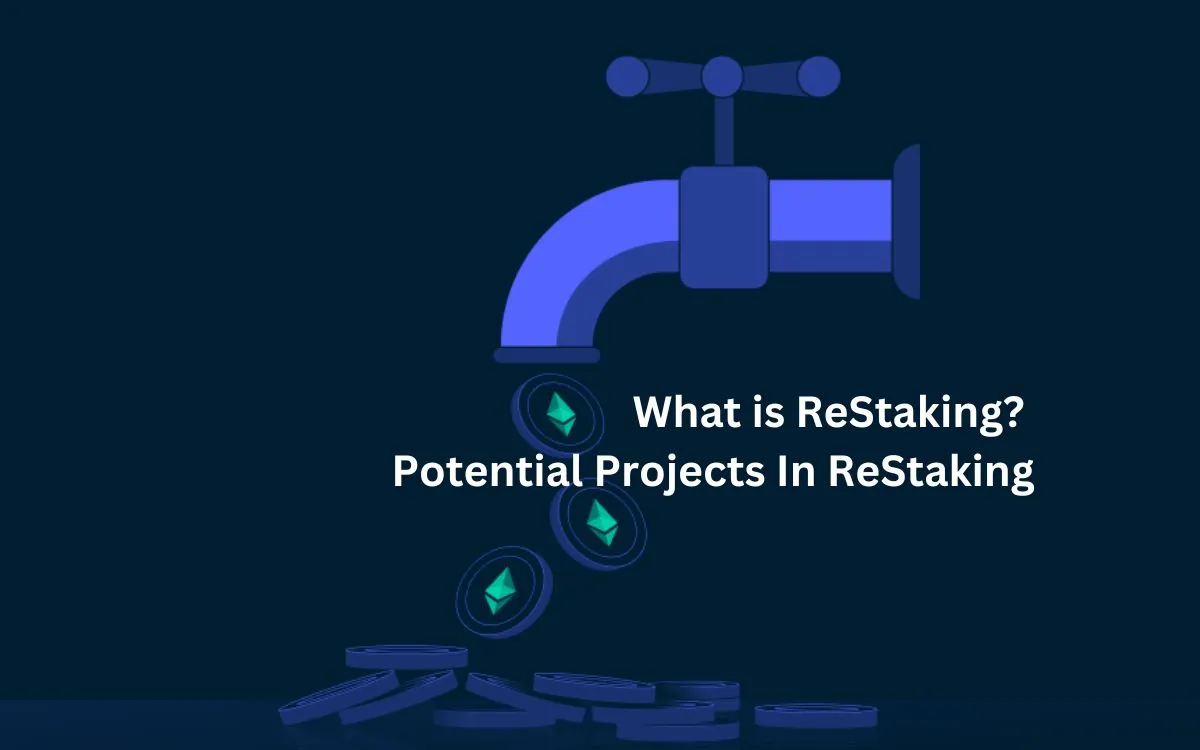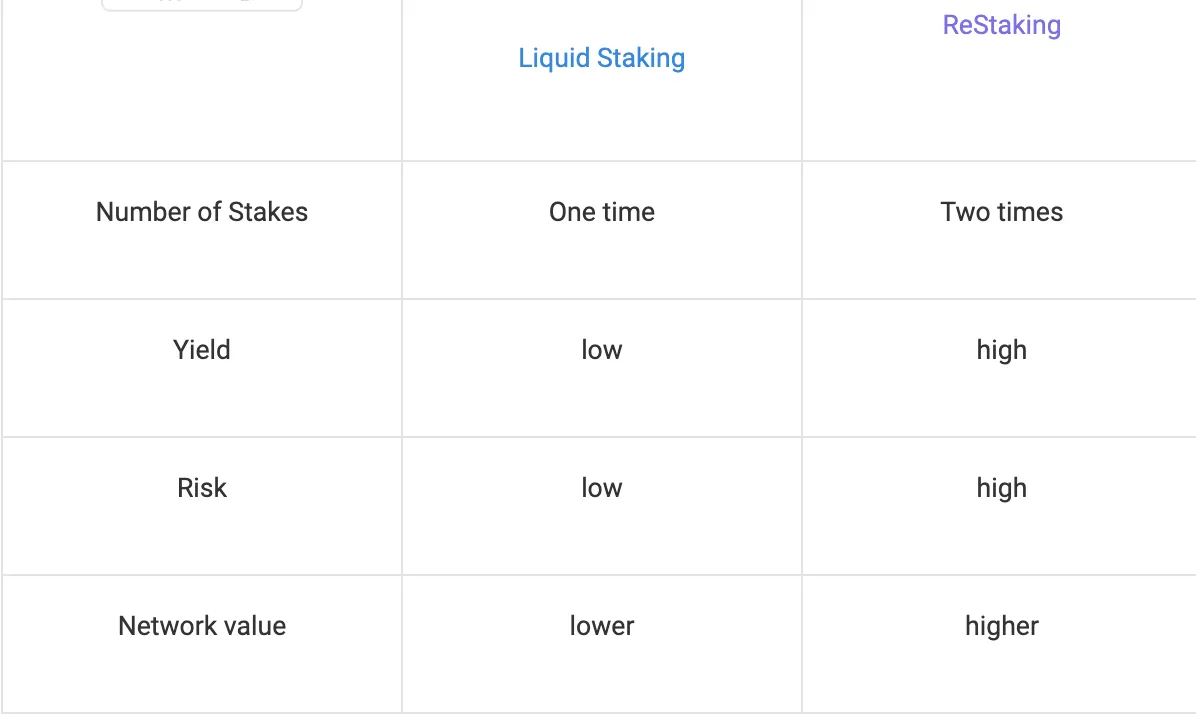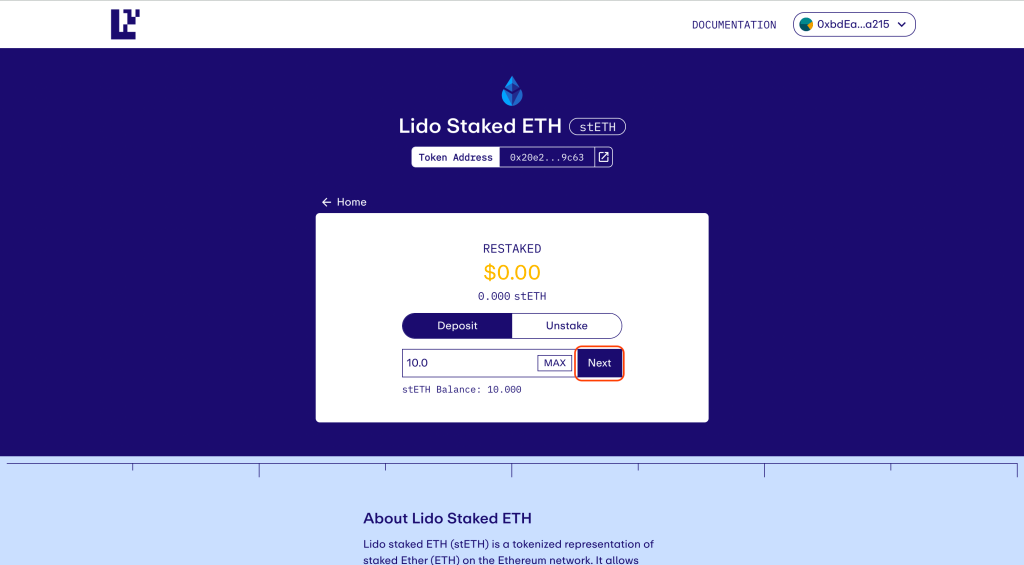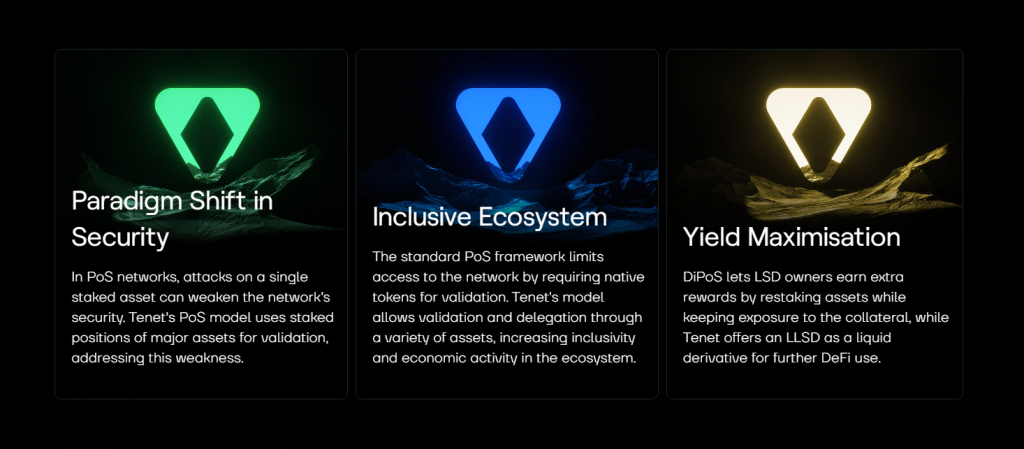Written by: Beehive Validator
Compiled by: DeepFlow Tech

Currently, staking is one of the largest areas in the DeFi market, with Lido’s staking total value locked (TVL) ranking first. It allows ETH holders to earn more profits and increases the decentralization and security of the Ethereum network.
- Latest developments of FTX: Multiple parties have expressed interest in bankruptcy acquisition, user compensation website to launch in July
- Exploring the Azuki NFT Elementals minting details
- OKX Ventures May 2023 Monthly Report: Covering LSD, Decentralized Derivatives, and MEV Tracks
Since Ethereum switched to PoS, the demand for staking ETH has grown rapidly, leading to the development of liquidity staking protocols. Currently, a large number of blockchain platforms, including Ethereum, Near, BNB Chain, Avalanche, Cosmos, Sui, Aptos, etc., use PoS consensus mechanism. Therefore, we believe that the potential of the liquidity staking market is huge.
So, why use liquidity staking?
Liquidity staking addresses the main issues of simplified staking, unbound liquidity, and increased network decentralization. In the DeFi market, we are closely monitoring the issue of unlocking liquidity, such as the Lido protocol allowing users to stake ETH and receive stETH of the same value, with the ability to operate in the DeFi market by transferring it to other exchanges.
ReStaking is one of the activities involving the repeated use of liquidity staking token assets (such as stETH) to stake with validators on other networks or blockchain platforms. This concept was originally introduced by EigenLayer, which maximizes the utilization of liquidity staking liquidity and paves the way for the development of numerous other applications.
What is ReStaking?
ReStaking is using liquidity staking token assets to stake with validators on other networks and blockchain platforms to earn more rewards while still contributing to the security and decentralization of the new network.
ReStaking can also be understood as using a portion or all of the rewards obtained from staking to continue depositing with the node, increasing future profits. However, the main focus of this article is on the concept of staking LSD tokens on other networks.
With ReStaking, investors can earn double rewards from both the original network and the ReStaking network. Although ReStaking allows stakers to earn greater rewards, it also carries risks such as smart contract risk and validator staking behavior fraud.
In addition to accepting the original asset, the ReStaking network also accepts other assets such as LSD tokens, LP tokens, and more, which increases the security of the network. And while still generating actual income for the protocol and its users, it releases an unlimited source of liquidity for the DeFi market.
The income for the ReStaking network and standard network comes from fees generated by secure leasing, validators, dApps, protocols, and layers. Stakeholders on the network will receive a portion of the network income and may also receive inflation rewards for the network’s native token.
How ReStaking Liquidity Works
The ReStaking network is similar to other networks, with the only difference being that it accepts more low-volatility, low-risk, and security-enhancing assets. When the staked value on the network is high, hackers need to acquire a large portion of the stake, which requires a lot of assets. Additionally, ReStaking assists holders in increasing profits.
Each ReStaking project will have different goals and operational mechanisms, but the differences between them are small.
Advantages of ReStaking
Advantages:
- Unlock liquidity for LSD and LP tokens: Staking LSD or LP tokens with validators can increase the staked amount of the original asset on the native network and provide more liquidity asset choices for the DeFi industry.
- Increased revenue: By approving the asset on two networks, stakers can earn double revenue. Additionally, after staking assets in the second network, investors can continue to earn assets that represent the asset, which can be used to collateralize to mint stablecoins and bring to the DeFi market to create profits.
- Increased security of the network using liquidity staking: As more assets are staked, the network’s value increases, making it more resistant to attacks and a trustworthy location for other decentralized applications, protocols, and platforms.
- Decreased sell-off: ReStaking makes the original token more useful, thus avoiding sell-offs that can cause significant value loss to the project and its investors.
- Increased motivation for original asset holders to participate in staking: Increasing network security and decentralization.
Disadvantages of ReStaking
- Asset loss risk: If a node engages in improper behavior, your assets are at risk of being seized or fined, which may result in partial or total asset loss.
- Smart contract risk: If the network is attacked by hackers, you risk losing all of your assets. However, theoretically, networks using liquidity staking are extremely difficult to attack.
- Asset bubble: Inflation of the market through new Wrap Tokens or Tokens causing a price doubling of the market, causing the market value to no longer reflect its true value. In addition to the platform, continuing to use assets that represent the value locked in validators to mint stablecoins increases risk and makes the original asset liquidity fragile.
- Too many tokens in the market: When there are too many tokens in the market, DeFi newcomers can easily be confused and susceptible to scams. Particularly, low-quality projects that mint a large amount of junk tokens will inundate the cryptocurrency market.
Comparison between repledge and liquidity pledge

ReStake Excellent Projects
EigenLayer

EigenLayer is developed by a highly respected and experienced team in the cryptocurrency market. The project has received up to $64.5 million in funding from well-known supporters including Blockchain Capital, Coinbase Ventures, Polychain Capital, and Electric Capital.
EigenLayer is the first team to develop and introduce the ReStake model to the community. The project uses LSD ETH and LP ETH for validator pledges. Ethereum network nodes continue to participate in Ethereum network validation.
EigenLayer’s main business model is secure leasing and validation. Customers can be dApps, Layer 2 protocols, or cross-chain bridge protocols. They can use high or low security validators depending on their requirements. A single validator can validate the identities of multiple consumers.
Protocols that adopt this network will generate revenue for EigenLayer. Some of the assets will be awarded to the pledger. Users will not receive a second token when pledging assets on the EigenLayer network. Additionally, users must select reputable validators to ensure the security of their assets. If a validator behaves improperly, the network will fine them, which may result in partial or complete asset forfeiture. Therefore, those who authorize validators will also lose their assets.
EigenLayer’s Pros and Cons
Pros:
- EigenLayer is the foundation for many other dApps, protocols, Layer 2, Layer 3, and clients.
- The structure of adding validators to a single hierarchy can multiply the network’s value. Minimize the risk of being hacked by punishing validators for misconduct.
- Ethereum nodes can earn additional income by participating in the EigenLayer network. Additionally, a single validator can validate multiple clients.
- Maximize the profits of holding LSD ETH and LP ETH assets and their applicability.
- Pledging ETH has attracted many people due to the increased security and high yield of the Ethereum network.
Disadvantages:
- There is a risk of smart contract failures, which can result in the loss of all assets if the network is hacked. However, in theory, networks that use ReStaking are highly resistant to attacks.
- When nodes behave improperly, there is a risk that you may be penalized and your assets may be confiscated or fined, which may result in partial or permanent loss.
- When there are forks or issues, the Ethereum community may be split. As Vitalik recently stated, EigenLayer reuses ETH assets and validators on Ethereum.
- EigenLayer must develop a large enough ecosystem and customer base. If incentives are distributed in the form of project tokens, or if there are no incentives, profits are no longer attractive to those who choose to stake.
Tenet

Tenet is an L1 in the Cosmos ecosystem, developed using the Cosmos SDK toolkit. The project was developed by the same team that developed the BNB Chain ecosystem and ANKR, the largest liquidity staking project in the Cosmos ecosystem.
Tenet and other blockchain platforms use the PoS consensus mechanism and integrate project governance Stake Tokens into validators to ensure network security. Compared to networks that accept LSD Token assets such as Ethereum, BNB Chain, Cosmos, Cardano, Polygon, Avalanche, and Polkadot, Tenet is more advanced.
Investors who participate in asset staking will be accepted and issued tLSDToken tokens. This asset can be used as collateral for the Mint Stablecoin LSDC to continue to profit from the DeFi market.
Tenet’s business model includes charging fees for the network and compensating validators. In addition, the network also provides TENET governance tokens as rewards for each generated block. The reward is proportional to the stake share. The weight of TENET is always 1, and the DAO will decide how much weight other assets should have, all of which will be less than 1.
When borrowing LSDC, borrowers only need to pay a one-time fee calculated as a percentage of the total assets, ranging from 0.5% to 5%. Or convert LSDC on TENET; users only need to bear a one-time exchange fee ranging from 0.5% to 5%. All of these fees will depend on conversion activity on the network; if activity is low, fees are cheap and vice versa, to ensure the value of LSDC remains anchored at $1.
Pledging TENET will earn veTENET, which can participate in project governance, share profits and receive additional rewards.
Tenet has created a large enough revenue ecosystem to attract investors, which is still the most important factor. If the network activity is slow and no users use TENET tokens as rewards for each new generated block, the network will not be able to develop.
Advantages and disadvantages of Tenet
Advantages:
- Supports multiple native tokens from other blockchains.
- Pledge and get tLSDToken as collateral to make Mint Stablecoin LSDC participate in the DeFi market and get greater profits.
- Provide interest-free LSDC loans based on the 0.5% to 5% Mint fee for network activity.
- When conversion activity is high, fees are also high, and vice versa. This mechanism helps maintain the price of LSDC.
- The veToken model of the TENET governance token is excellent, which can prevent the dumping of Token TENET when veTENET holders can participate in the index and share profits at the same time.
Disadvantages:
- There are smart contract risks and underlying asset liquidation risks when borrowing Stablecoin LSDC.
- Every newly generated block will reward TENET Tokens, leading to inflation.
Predictions for ReStaking
Currently, the largest market in the DeFi industry is Staking, with a total value of approximately 20 billion U.S. dollars (TVL). Especially now that many blockchain platforms are under development, the scale of the cryptocurrency market is expanding. Therefore, the ReStaking market will have many growth opportunities.
As Staking and ReStaking contribute to the expansion of the DeFi market, the underlying blockchain becomes more secure, and investors receive greater passive income. In addition, the development of these two markets will pave the way for the growth of other markets, such as AMM, Lending, and Farming.
In the current market, ReStaking has many opportunities to grow and become an indispensable part of DeFi. In addition to increasing profits, ReStake also increases the risk exposure of participants.
summary
In 2022, about half a year after the birth of ReStaking, this market will expand rapidly and become a trend. ReStaking is not a narrative that disappears quickly, but one of the most important and promising areas in DeFi.
Because ReStaking not only helps users gain profits, but also helps platforms to increase their security, especially by promoting growth in other areas of the industry and driving market expansion.
However, this also comes with risks, such as asset loss, smart contract risks, property value inflation and bubble crashes. Therefore, when participating in this market, we must proceed with caution and tolerate the risk of capital loss.
Like what you're reading? Subscribe to our top stories.
We will continue to update Gambling Chain; if you have any questions or suggestions, please contact us!